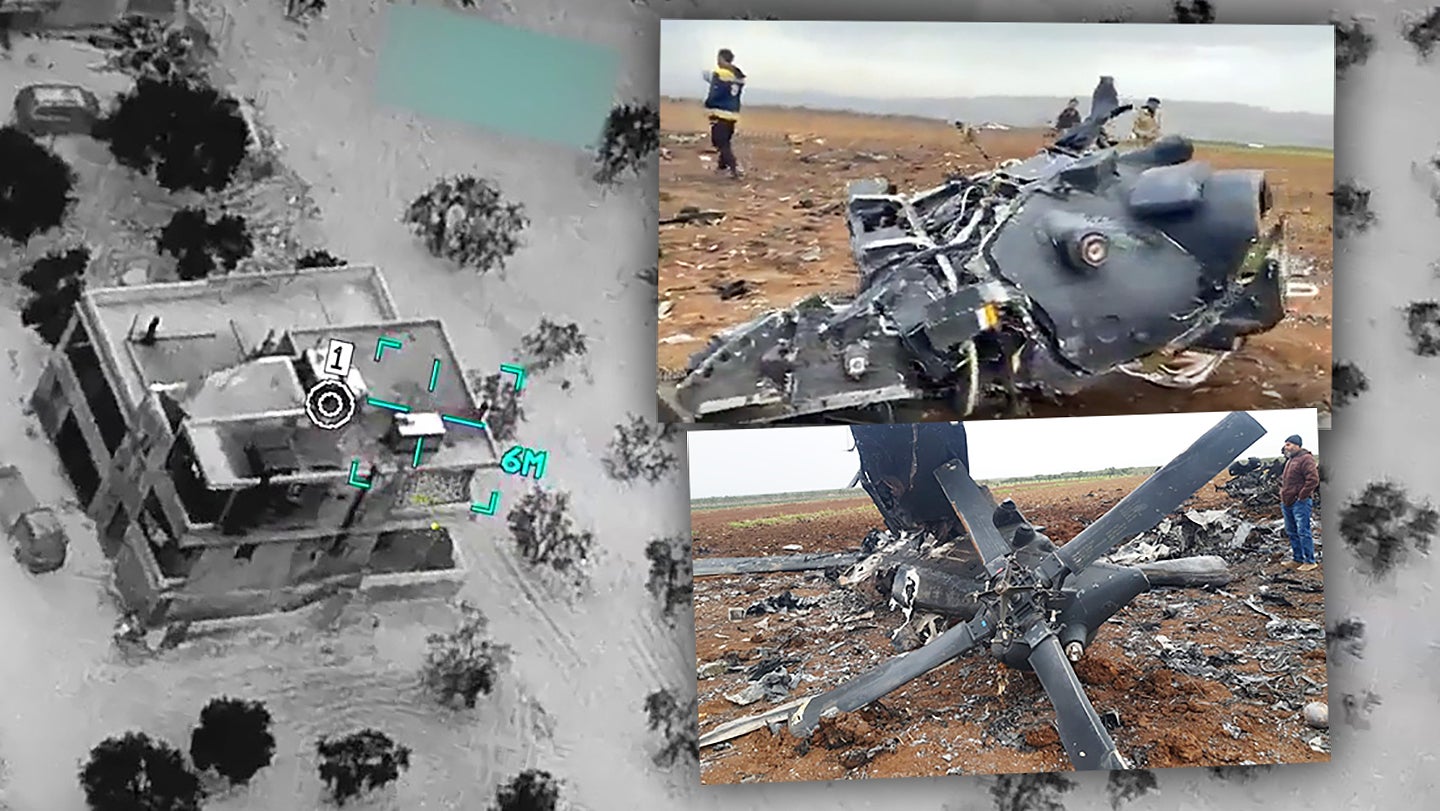The U.S. military has launched a major special operations raid into northwest Syria, with personnel being inserted by helicopter before killing Abu Ibrahim Al Hashimi Al Qurayshi, the leader of ISIS. Details of the airborne raid are still limited, but the Pentagon has described the overnight operation near the town of Atme, in the militant-controlled Idlib province, as “successful,” with no American casualties, although an MH-60 special operations helicopter was lost. The operation took place just 15 miles from the Syrian village of Barisha where the previous ISIS leader, Abu Bakr Al Baghdadi was targeted by the U.S. military.
Pentagon Press Secretary John Kirby provided the following statement:
“U.S. Special Operations forces under the control of U.S. Central Command conducted a counterterrorism mission this evening in northwest Syria. The mission was successful. There were no U.S. casualties. More information will be provided as it becomes available.”
President Joe Biden subsequently confirmed that he ordered the raid that killed the head of the militant group, confirming that the riskier special operations raid was chosen instead of an airstrike, with the aim of reducing the risk to any civilians in the area. Biden also issued his own statement ahead of live remarks broadcast from the White House:
“Thanks to the skill and bravery of our Armed Forces, we have taken off the battlefield Abu Ibrahim al-Hashimi al-Qurayshi — the leader of ISIS. All Americans have returned safely from the operation.”
Eyewitness accounts from the northwest Idlib province, close to the Turkish border, describe an operation lasting around two hours. According to reports from U.S. officials and accounts on social media, the mission involved rotorcraft, including MH-60s from the Army’s elite 160th Special Operations Aviation Regiment and AH-64 Apache attack helicopters, as well as drones. Reports suggest that two or three helicopters landed near a building and used a loudspeaker to direct women and children to vacate the area.
One of the MH-60s involved was lost during the infiltration phase of the mission, with multiple photos of the wreckage now having been posted to social media. The Pentagon confirmed that the helicopter was forced to land after a technical problem and was then destroyed by a combination of demolition charges and munitions launched from an F-16 fighter jet, although some parts of the helicopter remained intact.
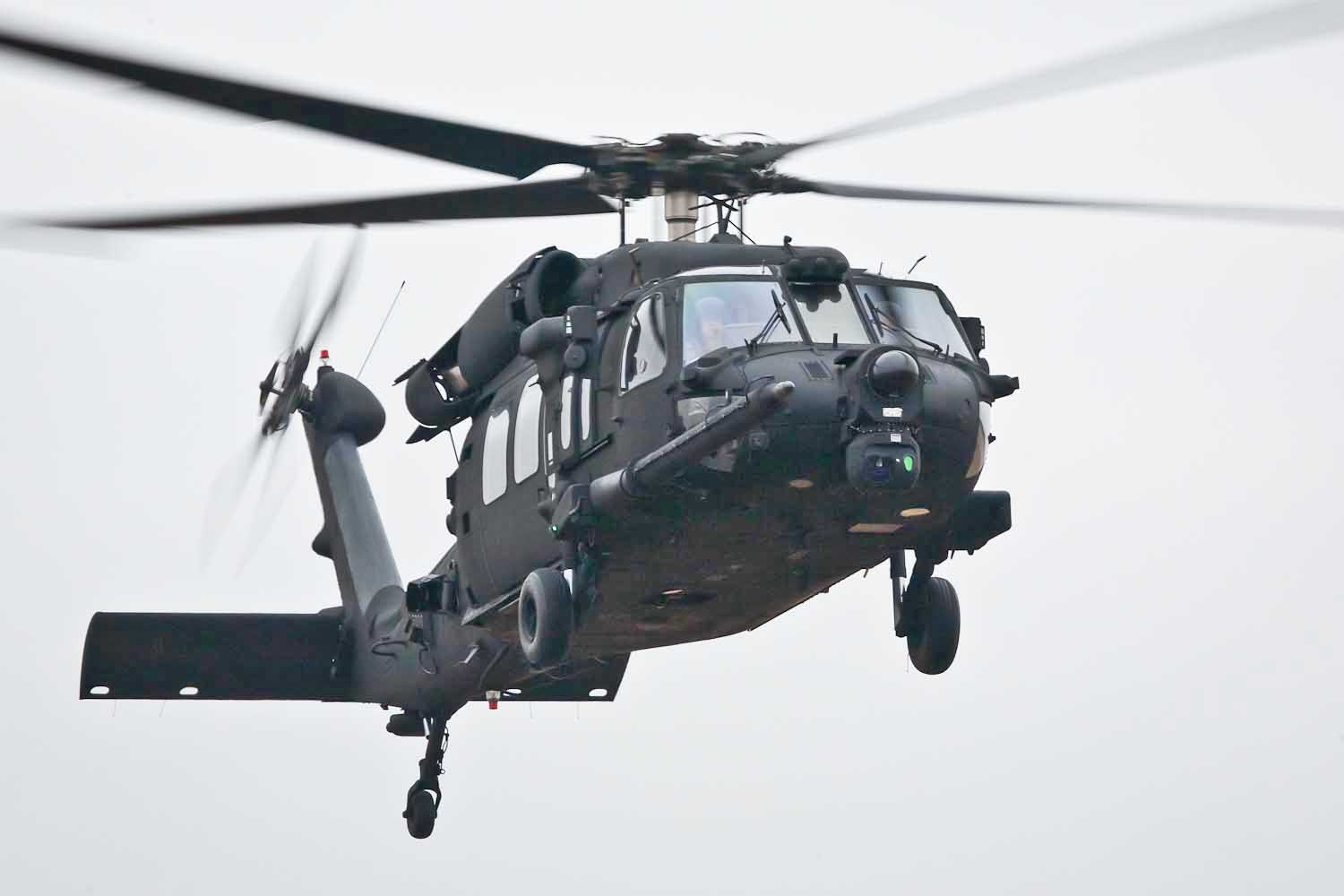
“We were woken up at 1 AM [local time] by the sound of warplanes and helicopters,” said Adnan Abo Mohammad, who lives not far from the site of the attack, quoted in the Wall Street Journal. “They were flying very low to the ground. Clashes went on till about 3 AM.”
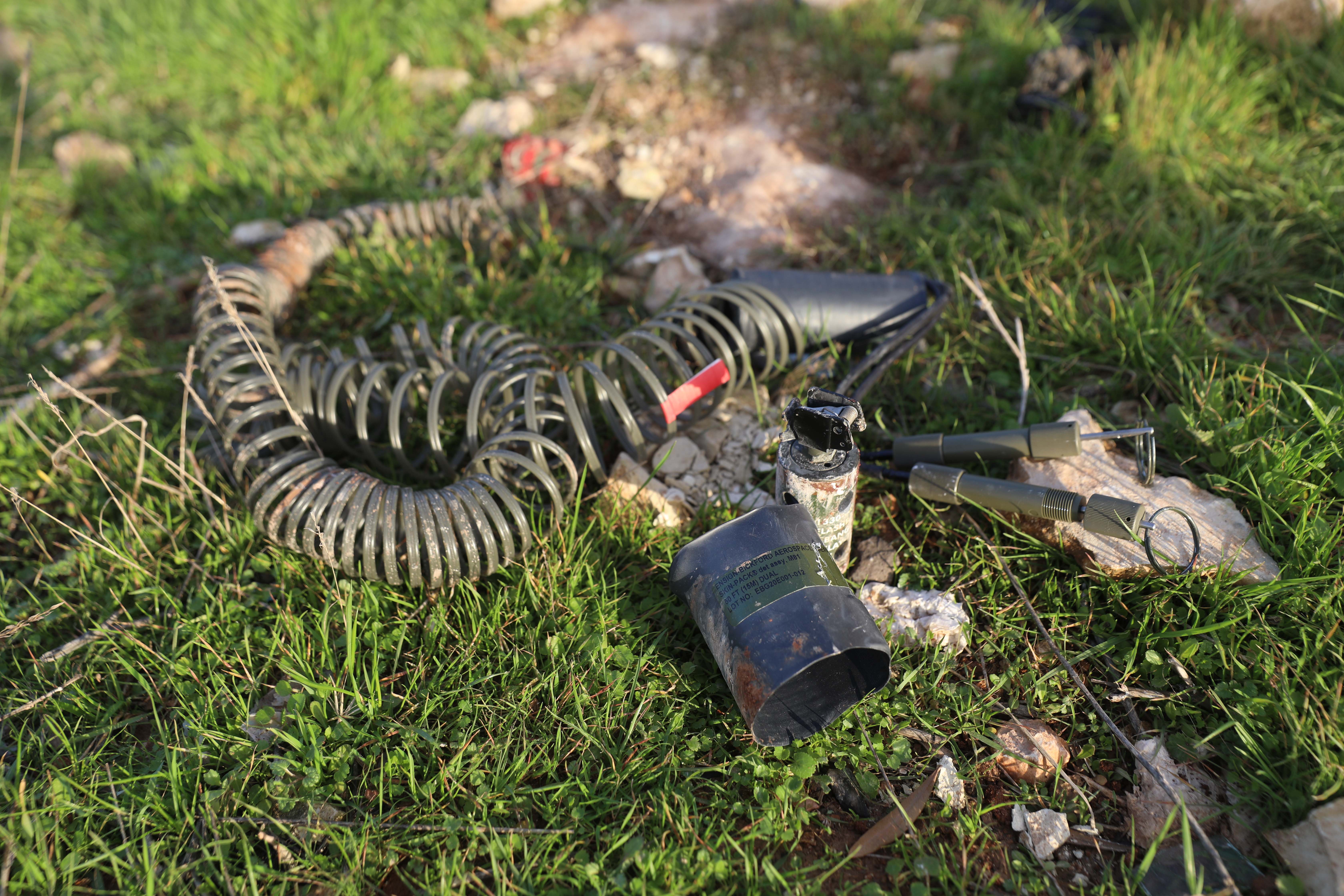
President Biden said that Al Qurayshi was wearing a suicide vest at the time of the raid, which he detonated, killing himself and members of his family. The former ISIS leader Al Baghdadi was also killed when he detonated a suicide belt, killing two children.
The raid was centered upon a three-story building on the outskirts of Atme, which was subsequently visited by correspondents from the AFP news agency. Photos show signs of fierce fighting, including blown-out windows, charred ceilings, bloodstains on the walls, and a partially collapsed roof. Reports on social media describe exchanges of fire between U.S. troops and enemy forces on the ground. With reports that Al Qurayshi never left this building, it seems clear the U.S. had intelligence streams on his location with the house likely under persistent surveillance.
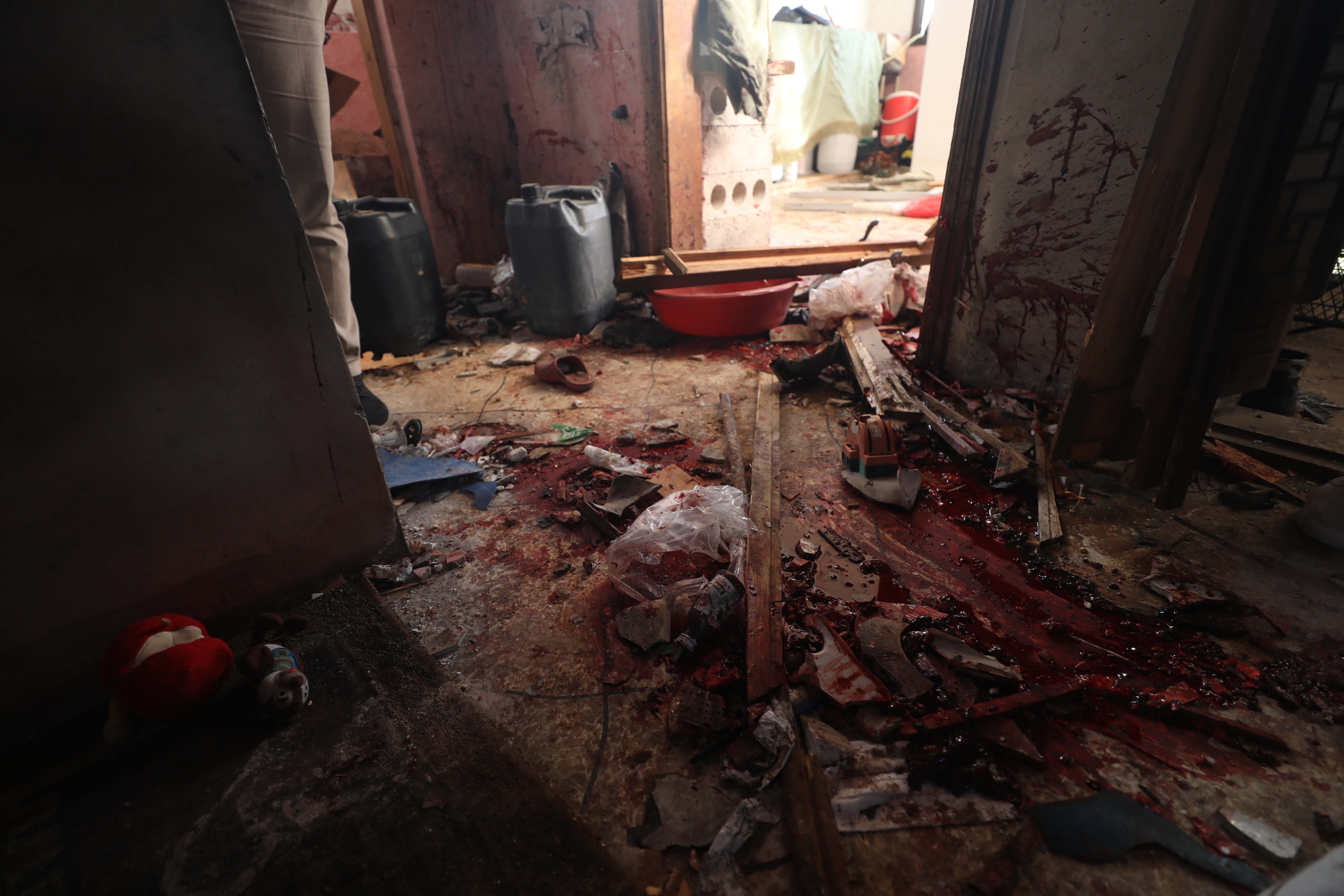
The operation, overseen by U.S. Central Command, was reportedly the largest of its kind carried out by U.S. forces since the 2019 raid that led to the death of Al Baghdadi, Al Qurayshi’s predecessor. You can read more about that mission here and here.
The Syrian Observatory for Human Rights, a United Kingdom-based information office, has said that at least 13 people were killed in the operation targeting Al Qurayshi, including four children and three civilian women. Another account, from the Syrian civil defense group the White Helmets, includes six children and four women among the dead.
The complex dynamics of the Idlib region, with different militant groups active here, derive from the fact that it’s the last significant stronghold against the regime of Bashar Al Assad. The region has seen previous U.S. special forces operations in recent months, apparently targeting other high-value jihadis, including senior Al Qaeda leader Abdul Hamid Al Matar, in a drone strike last October.
Although this region is nominally under the control of Turkey, the primary player on the ground in Idlib is currently Hayat Tahrir Al Sham, or HTS, which is dominated by former Al Qaeda members.
The group conducts operations against other more radical militants linked with Al Qaeda, including Hurras Al Din, as well as against ISIS. The U.S. government uses the name Al Qaeda in Syria, or AQ-S, for Hurras Al Din. Notably, both HTS and Hurras Al Din have been targeted in U.S. airstrikes, including with the now-notorious AGM-114R9X missile, which features six pop-out sword-like blades instead of a more traditional warhead.
In the past, there have also been suggestions that HTS has actually helped coordinate U.S. drone strikes against Al Qaeda operatives, further complicating the relationships between the U.S. and these different groups. In this latest operation, however, U.S. officials have stated that their forces faced some opposition from HTS fighters on the ground, although it remains possible that they may have considered that they themselves were being targeted by the raid and reacted accordingly.
Despite repeated operations by Syrian government forces and their Russian allies, Idlib continues to provide militants of various groups with a degree of safety to plan operations. The situation remains fluid despite a ceasefire brokered by Russia and Turkey still officially being in place.
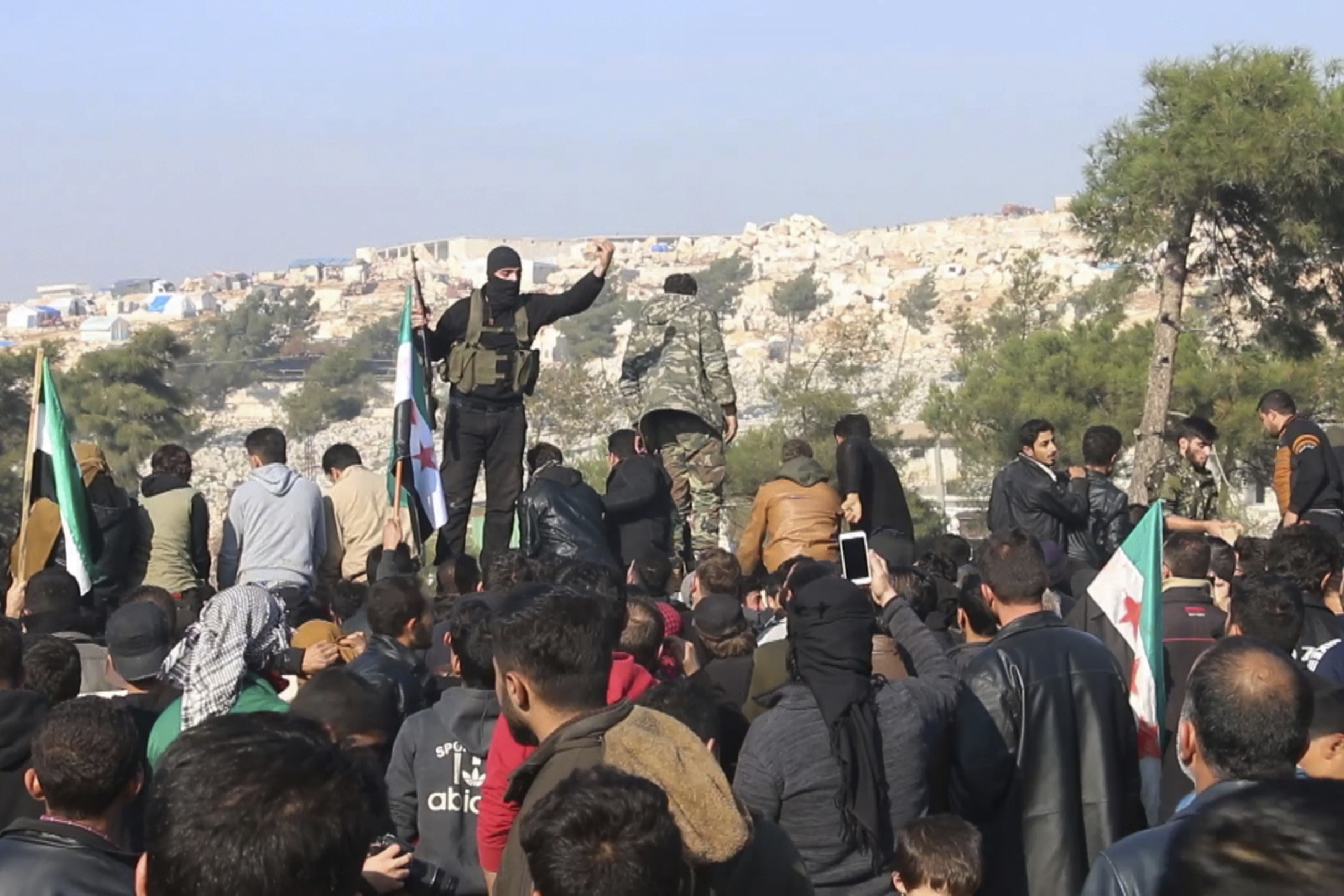
The town of Atme, in particular, appears to offer a degree of safety for jihadis and other militants, with several large camps for displaced families allowing them to hide among civilian populations.
In his remarks about the raid, President Biden referenced the role of Al Qurayshi in masterminding the recent prison break attempted by ISIS in northeast Syria. That incident, last month, led to intense fighting after ISIS fighters tried to break inmates out of the Kurdish-run Ghwayran prison in the city of Hasaka. The situation quickly escalated and the U.S. was required to conduct airstrikes to support Kurdish-led forces.
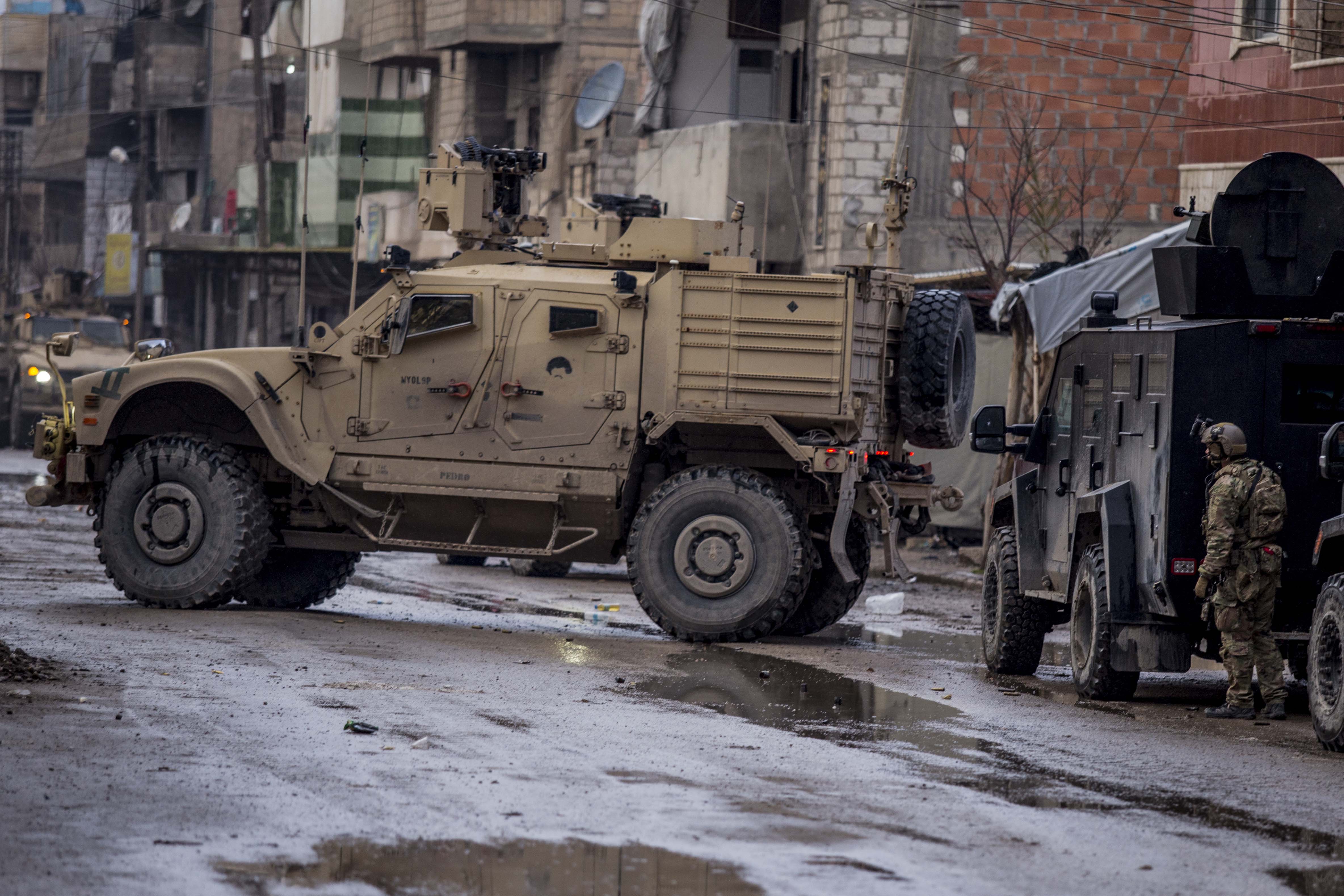
Although hundreds of jihadists were recaptured after the breakout, others remain on the run and the whole incident seems to have served as something of a wake-up call to the threat still posed by ISIS in the region, despite the fall of their self-declared caliphate in 2019.
“We think the impact of [the killing of Al Qurayshi] is going to be a blow to ISIS,” a senior administration official told CNN, adding that the leader “was heavily involved in running many of the operations.”
With further statements expected from President Biden and the Pentagon, we will continue to update this story as more details become available.
Update 2:10 PM EST:
There are now reports that the U.S. Army’s elite Delta Force led this raid. Though unconfirmed, Delta Force has conducted a number of high-profile raids in the region over the past eight years or so in support of the overall fight against ISIS, including the 2019 mission that led to the death of Abu Bakr Al Baghdadi. At least one U.S. 6×6 Pandur armored vehicle, also known as an Armored Ground Mobility System (AGMS), was observed during the response to Ghwayran prison break, as well. The AGMSs are understood to be exclusively operated by Delta Force, indicating that elements of this unit are still in the region now.
There are also unconfirmed reports that the MH-60 helicopter that was lost suffered damage from ground fire, as well as mechanical issues. It has been pointed out that the pictures of the wreckage show that someone removed the radar and sensor turret, and possibly other equipment, from its nose, too. Whether U.S. personnel on the ground extracted these systems before destroying helicopter in place or if some local actor might have recovered them is unclear.
Beyond all this, a statement from Secretary of Defense Lloyd Austin has left open the possibility that U.S. forces may have been responsible for multiple civilian casualties while carrying out this operation. The U.S. military, as a whole, has faced significant criticism in recent months over its targeting processes and its efforts to mitigate harm to innocents during operations, as well as how it investigates allegations of civilian casualties.
“Let me take this opportunity to note that the Department takes seriously our commitment to avoid civilian harm in the course of our operations. This operation was specifically designed and conducted in a manner to minimize civilian casualties,” Austin wrote. “We know that al-Qurayshi and others at his compound directly caused the deaths of women and children last night. But, given the complexity of this mission, we will take a look at the possibility our actions may also have resulted in harm to innocent people.”
Update 2:20 PM EST:
U.S. Marine Corps Gen. Frank McKenzie, head of U.S. Central Command, has offered additional details about this raid during a virtual talk today hosted by the Middle East Institute think tank. He described the mission, which he stressed sought to capture ISIS’ leader, as a long-range helicopter raid and reiterated many of the same core details that U.S. officials have already disclosed. The general added that U.S.-backed, predominantly Kurdish forces in Syria contributed to the success of this operation, but did not directly accompany American forces.
However, he specifically noted that the explosion on the third floor of Abu Ibrahim Al Hashimi Al Qurayshi’s house, which American authorities have blamed on a suicide vest he was wearing, “was more massive than one would expect from” such a device. He did not further elaborate about why that might have been the case.
He also said that personnel on the ground conducted a controlled demolition of the MH-60 that was forced to land, and that it was also struck by munitions from the air, specifically to ensure “no sensitive equipment would remain in Syria.” He did not offer any details on what might have happened to its radar, sensor turret, or other systems that appeared to have been deliberately removed.
“I don’t believe that to be the case right now,” he said with regards to civilian causalities that U.S. forces might have caused, but said that an investigation was ongoing. He blamed ISIS for all of the civilian qualities that the U.S. military has said so far occurred during the raid.
Contact the author: thomas@thedrive.com
